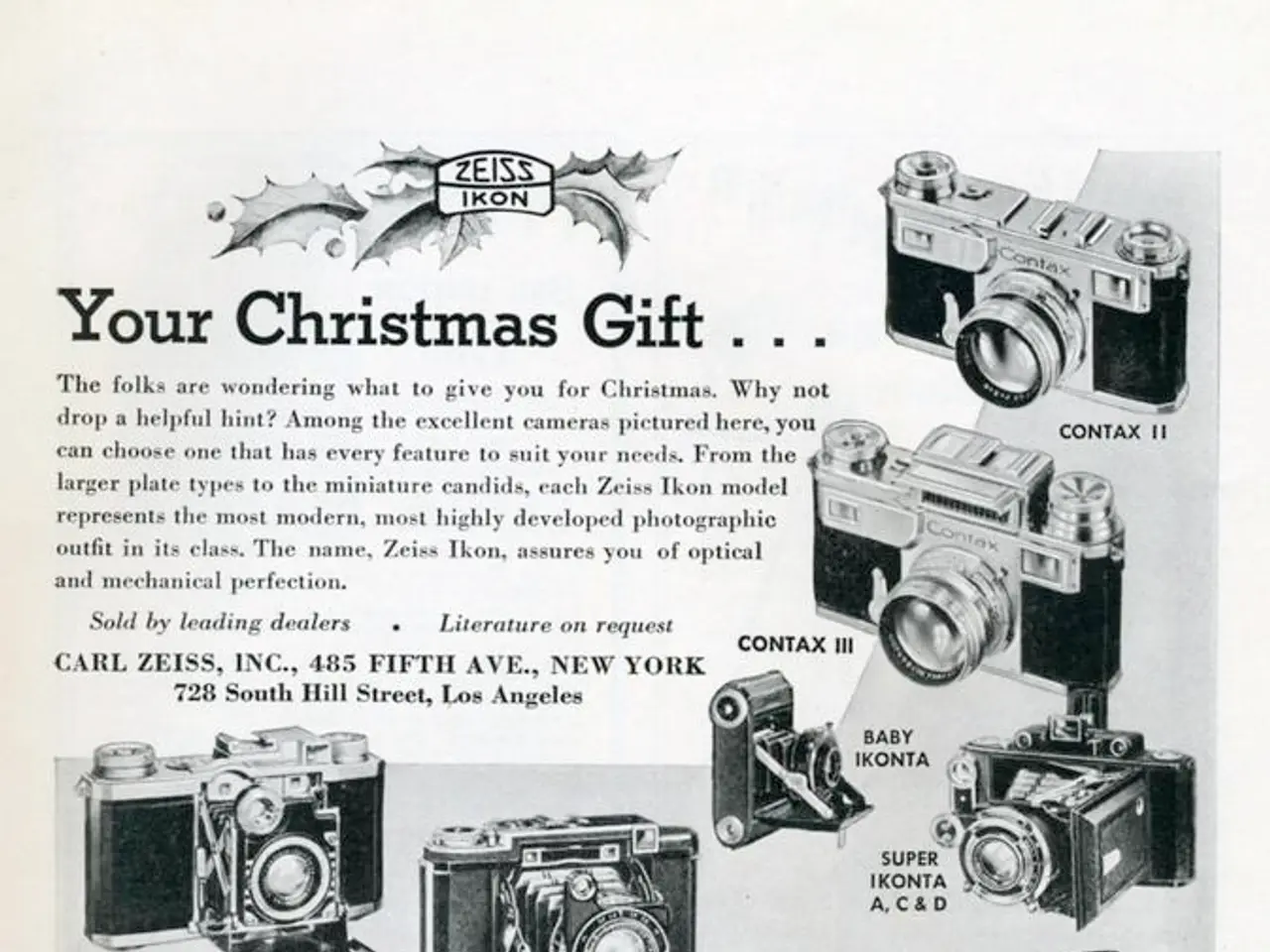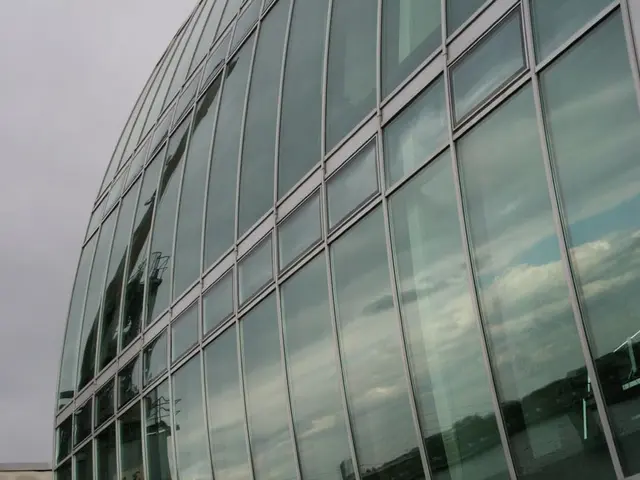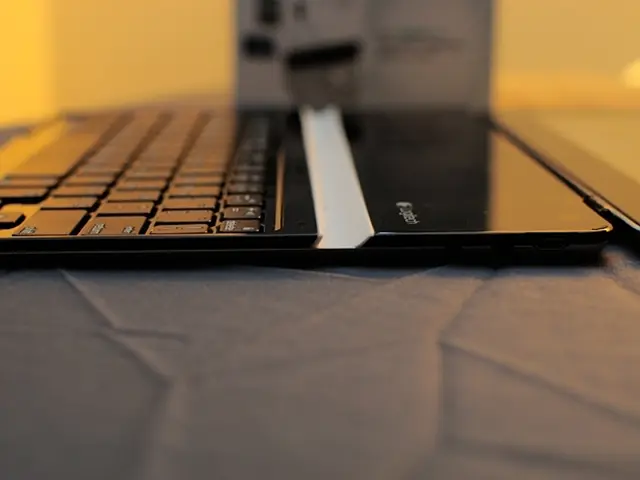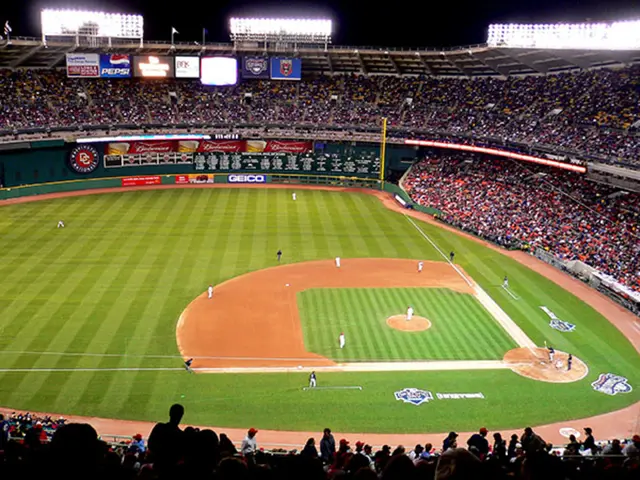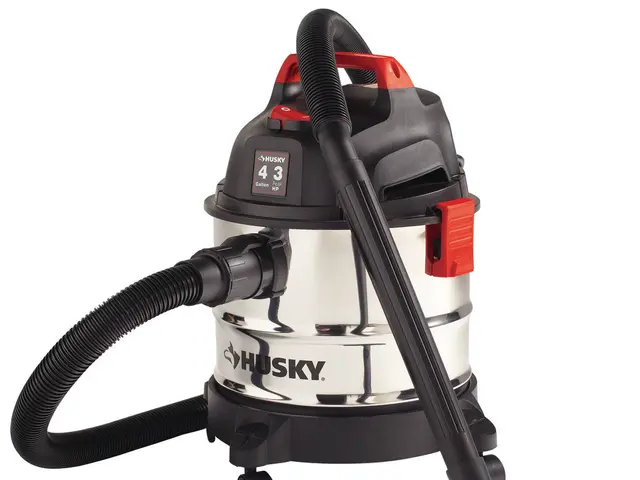"Astro Modified Camera: Info and Acquisition Guide"
In the realm of astrophotography, capturing the beauty of the cosmos requires specialized equipment. One such tool is the astrophotography-modified camera, also known as a "modded camera". These cameras have undergone alterations to their sensors, making them more capable of capturing light from space.
There are several ways to acquire an astrophotography-modified camera. You can buy a pre-modded camera, such as the Nikon D810A or the Canon EOS Ra, both of which have been discontinued but can still be found used. Alternatively, you can purchase an astro-modified camera for sale, use an astro modification service, or even perform the modification yourself on your own camera.
Two main types of camera astro modification exist: H-Alpha Conversion and Full Spectrum Conversion.
H-Alpha Conversion
H-Alpha conversions are designed to enhance sensitivity to H-alpha light, particularly useful for capturing hydrogen-alpha emissions from nebulae and other celestial objects. This conversion allows the camera to capture more detail in these features by increasing its sensitivity to the 656.28 nm wavelength.
Cameras modified for H-Alpha are significantly more sensitive to this specific wavelength, allowing for better capture of nebulae details. They are ideal for capturing objects that emit strongly in the H-alpha line, such as nebulae and some star-forming regions. However, this conversion is focused on a narrow spectral range and is not as versatile for capturing a broad spectrum of light.
Full Spectrum Conversion
Full spectrum conversions involve removing or modifying the camera's infrared (IR) and ultraviolet (UV) blocking filters, allowing the camera to capture a broader range of wavelengths, including visible light, infrared, and ultraviolet. This makes full spectrum cameras versatile for capturing a wide range of celestial objects and phenomena, including those that emit in the IR and UV parts of the spectrum.
Full spectrum cameras offer the ability to apply filters post-processing or use additional filters to focus on specific wavelengths, giving more flexibility in astro-imaging. However, the camera may require additional filters to narrow down the spectrum to specific wavelengths of interest, which can add complexity and cost.
Key Differences
The main difference between H-Alpha and Full Spectrum conversions lies in their spectral range and application. H-Alpha conversions are tailored for a specific wavelength, while full spectrum conversions allow for a broader range of wavelengths. H-Alpha is optimal for capturing specific types of nebulae and other objects emitting in this wavelength, whereas full spectrum is more versatile for general astrophotography.
Full spectrum conversions offer more flexibility by allowing the use of additional filters to target specific wavelengths, whereas H-Alpha conversions are optimized for a single band. For example, H-Alpha Conversion makes the camera capable of capturing hydrogen alpha light and visible light, popular among landscape astrophotographers for capturing pink and red patches of hydrogen emissions.
For those interested in modifying their own camera for astrophotography, it's important to note that this is a risky process that involves opening up your camera and altering the sensor. Companies like Life Pixel in the US offer astro modification services and photography tutorials to guide you through the process.
In conclusion, whether you choose H-Alpha or Full Spectrum conversion, both modifications can significantly improve your astrophotography capabilities. It's not necessary to modify your DSLR or mirrorless camera for astrophotography, but an astro modified camera can be a great step for an experienced astrophotographer looking to capture more detailed and vibrant images of the cosmos.
1.astrophotographers often opt for astrophotography-modified cameras, such as the Nikon D810A or the Canon EOS Ra, for capturing light from space.
2.H-Alpha conversions, a type of camera astro modification, are designed to enhance sensitivity to H-alpha light, which is useful for capturing hydrogen-alpha emissions from nebulae.
3.Full spectrum cameras, resultant from full spectrum conversions, are versatile as they capture a broader range of wavelengths, including visible light, infrared, and ultraviolet.
4.The main difference between H-Alpha and Full Spectrum conversions is their spectral range and application - H-Alpha is tailored for a specific wavelength, while full spectrum allows for a broader range of wavelengths.
5.For those interested in modifying their own camera for astrophotography, companies like Life Pixel in the US offer astro modification services and photography tutorials as a guide.
